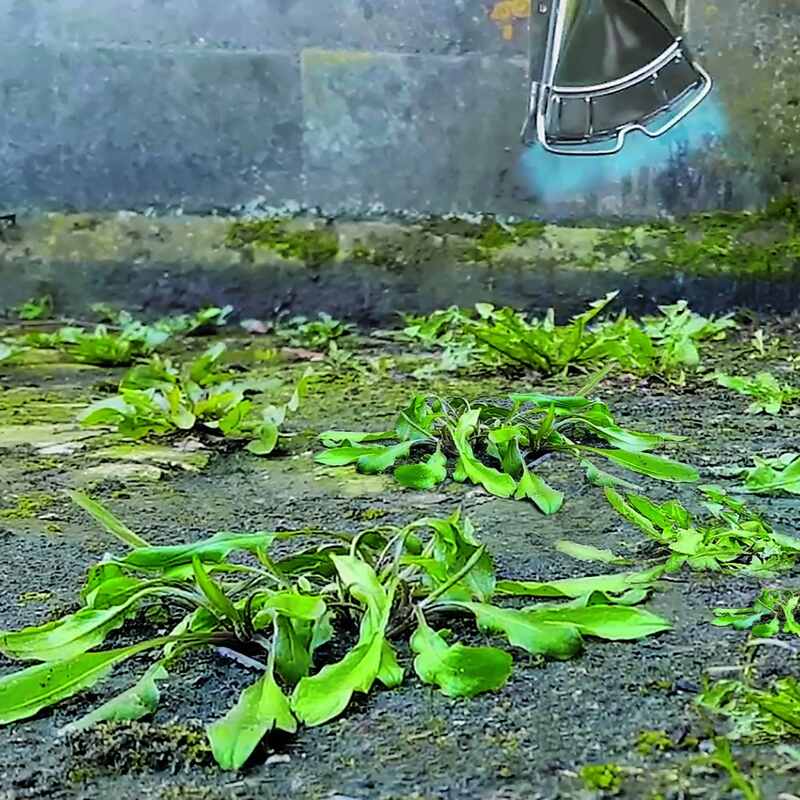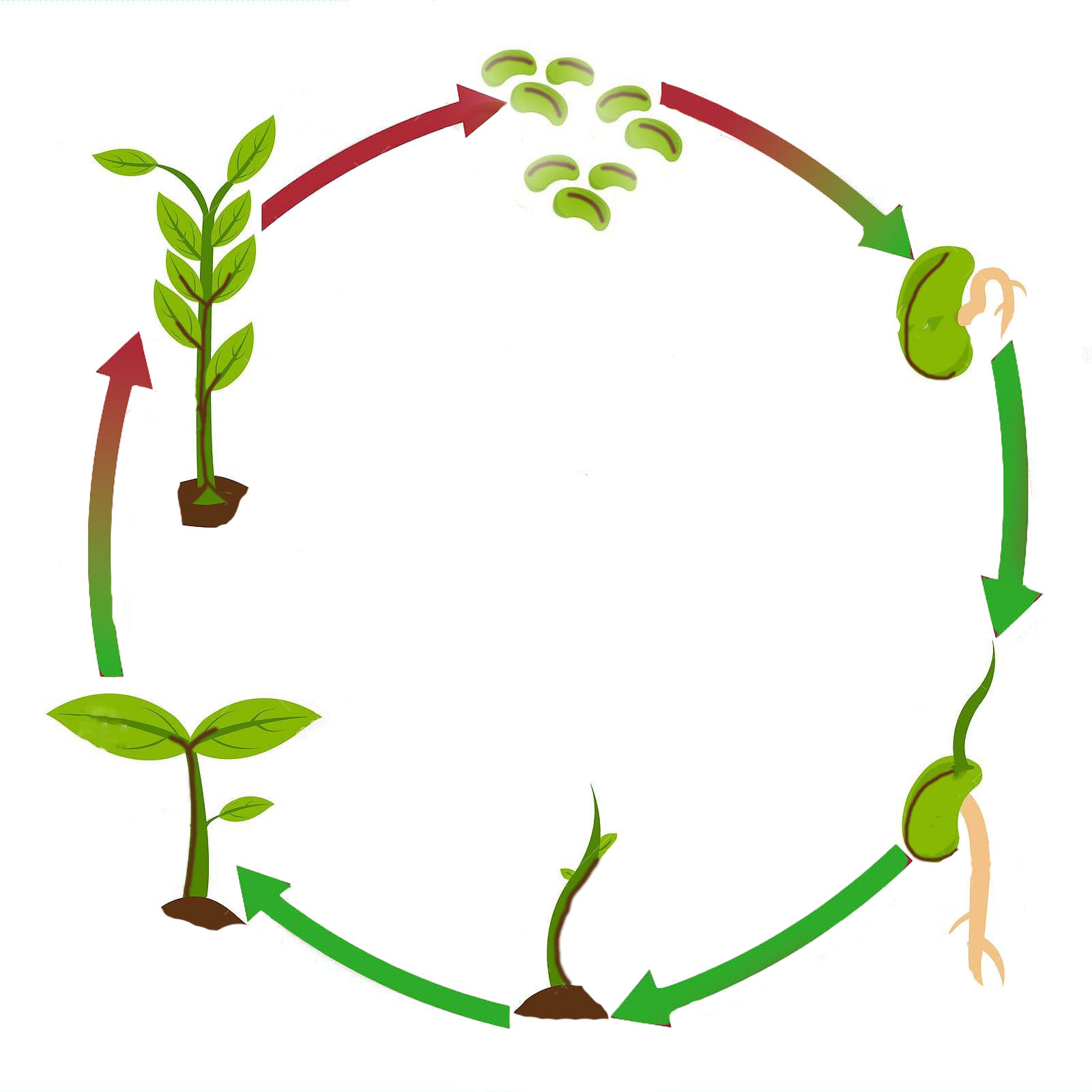How to get the best from Thermal Weed Management
When using hot air to kill weeds, there are several things we can do to make the treatment as effective as possible.
Heat kills weeds by exposing the plant to a thermal shock
A plant leaf only has to be briefly exposed to a temperature of around 80°C to suffer terminal damage.
This exposure to severe heat bursts the cells in the plant leaf. This in turn renders the plant incapable of converting light energy in to chemical energy (Photosynthesis) effectively causing starvation.
Further thought and research on this subject will reveal this method is most effective on young, fleshy, hungry plants rather than old established woody plants, which may have sufficient amounts of stored energy in their stems and roots to overcome temporary food shortages. This gives us some great clues as to best practice when using hot air or hot water.

Reduce the nutrients sources for the weeds
Some weeds store lots of energy in their root system and stem, which they can use to regrow after a thermal shock. You can severely limit regrowth of weeds on hard surfaces by removing the soil and detritus, so that the plants that are there have less access to soil in which to establish a root system. This will result in plants with weaker root systems that will be easier to kill with heat in less applications. You can remove the soil on had surfaces in advance of the growing season - Winter is a great time to clean hard surfaces after all the leaves are fallen and the vegetation has died back revealing the soil. Doing this in winter will also have greatest impact on reducing new growth in the spring, as it will not give as many opportunities for seeds to find nutrients in the first place.
Clearing detritus also helps reduce the possibility of fire when using hot air, as it removes the potential fuel sources for a fire.
Heat and air does not maintain a fire without fuel.

Treat weeds as early as possible in the growing season
Weeds take less energy to kill the smaller they are. Heat can even be used to kill germinating seeds, preventing the weed from ever getting out of the ground. There are several reasons for treating plants early.
- A young plant has not had the possibility to store lots of energy, so it will have much less chance of regenerating from energy stored in its roots.
- A young plant is physically smaller, meaning it will take much less time to treat. A tall plant must be exposed to a longer burst of heat in order to kill it, a small plant will only require briefly passing over with the heat - which uses far less energy. This saves you a lot of time and fuel to get the same job done.
- Younger weeds will provide less detritus when they die off, which means sweeping and weed brushing activities become far less time intensive.
- Killing weeds before they get a chance to produce seeds of their own has a big impact on the seed bank. If we reduce the seed bank we get less weeds going forward.

Plan to treat any regrowth quickly
If you do get regrowth after treating weeds with heat, it is essential to treat this regrowth quickly while the plants are young. Regrowth occurs when plants have enough energy stored in their root systems to regrow. If we treat these plants again quickly we can deplete the energy. In the early stages of a plants growth it uses energy at a fast rate to establish lots of foliage. Once this foliage is established it can replenish the energy reserves in the roots and stem. By this time you are back to square one.
If you can treat it at the plants time of peak energy expenditure, then the roots will quickly run out of energy that they can use to regrow again. This will mean that the overall number of treatments in a year will be significantly reduced.
For more information and blogs on Thermal Weed Management - check out this page.
No comments yet. Login to start a new discussion Start a new discussion